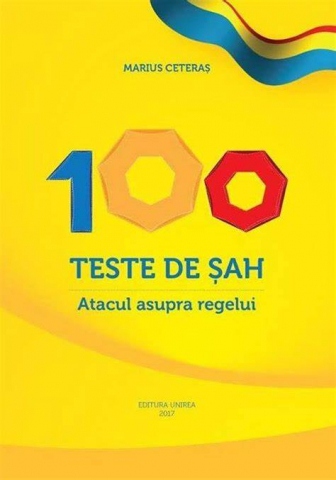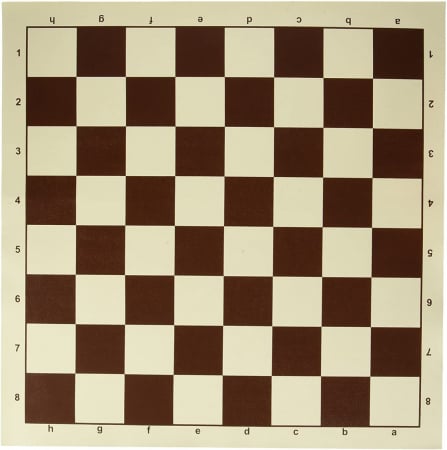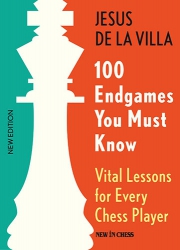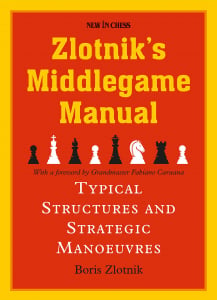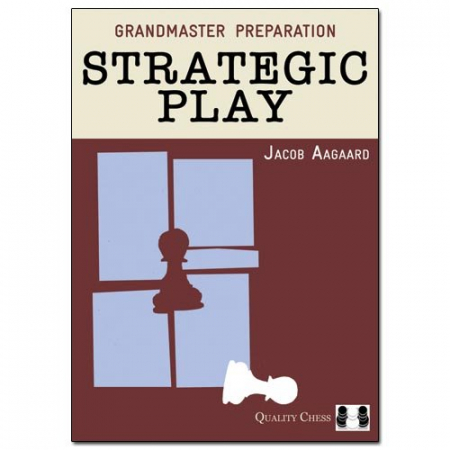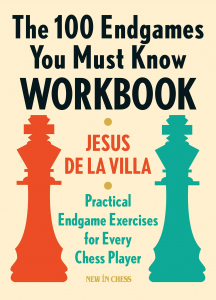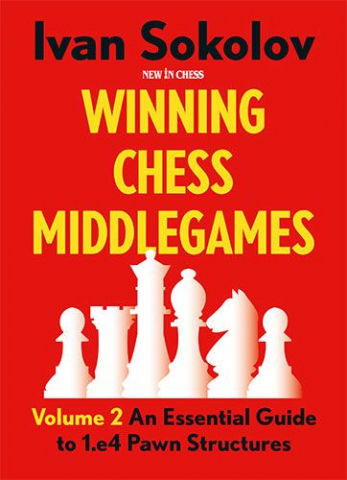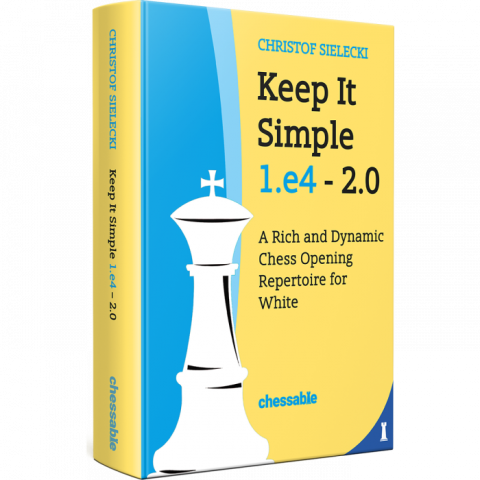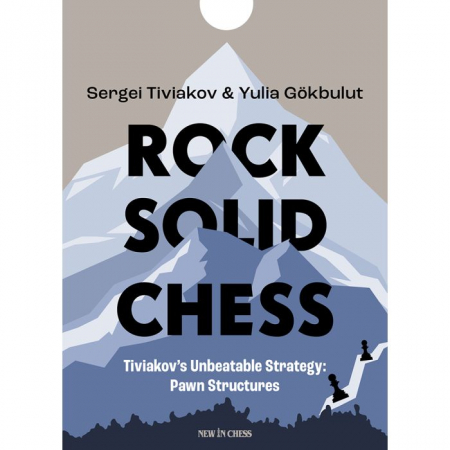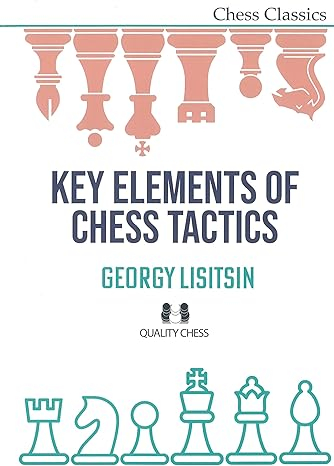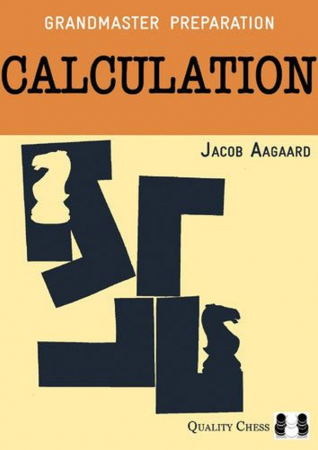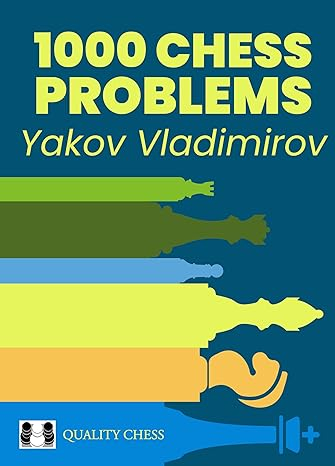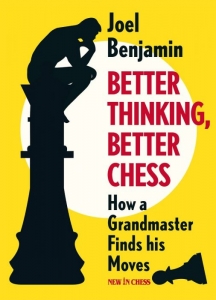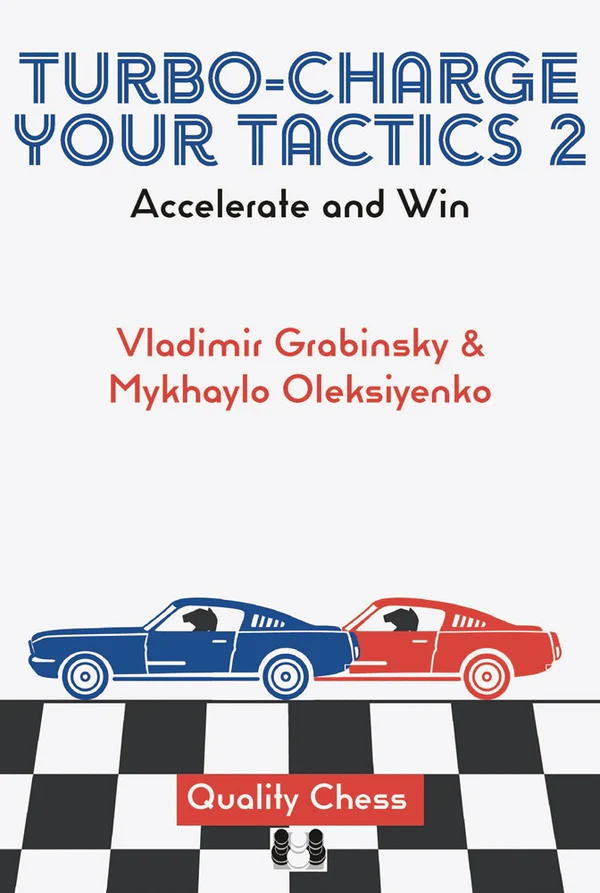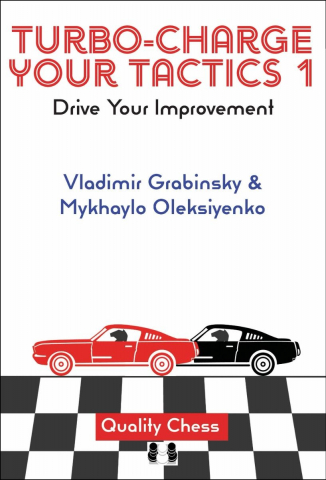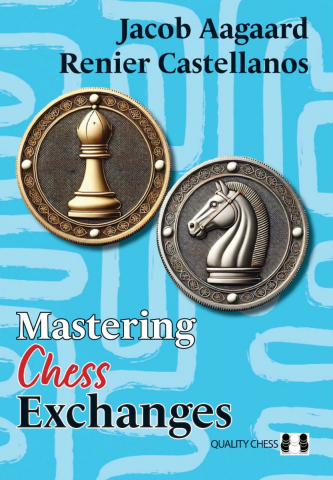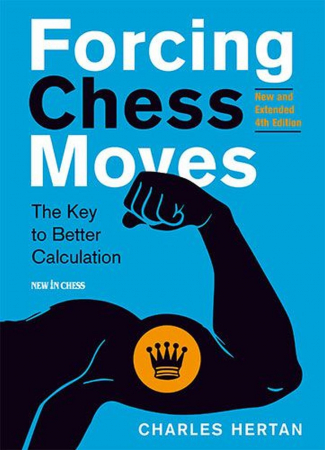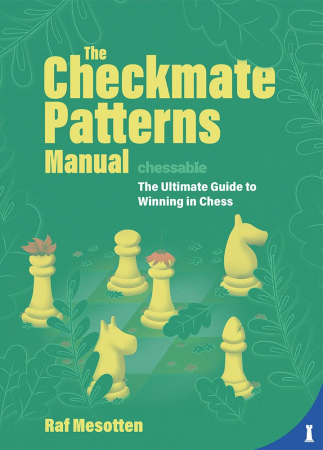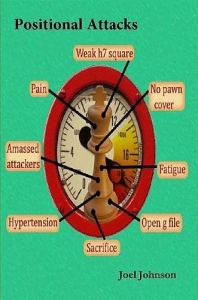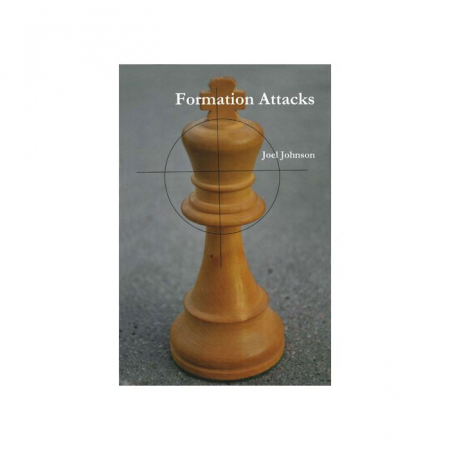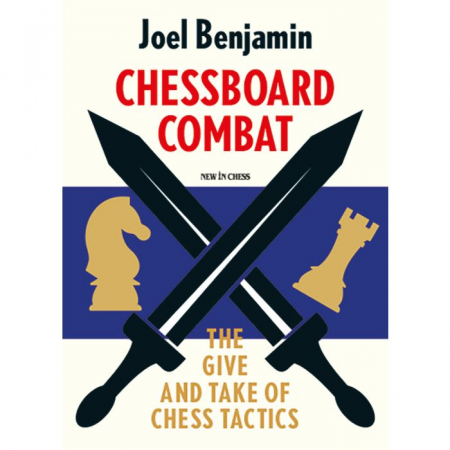Durata de livrare: 24-48 ore
- Descriere
- Caracteristici
- Review-uri (0)
Mark Dvoretzky is regarded as the leading chess coach in the world and in this series of books he reveals the training methods that have transformed so many of his pupils into champions.
The initial part of this book deals with combinations and tactical techniques, and suggests methods for developing a player's calculating ability.
In the second part the author analyses a number of fascinating examples, in which he examines a wide variety of attacking and defensive means. Once again, the reader is encouraged to developing his understanding by tackling numerous tests. Join in and become one of Mark Dvoretsky's pupils!
This book is also available in the German edition under the title Moderne Schachtaktik.
Contents
007 Foreword
Part four
009 Combinations and the calculation of variations
010 Combinative vision
020 Spots on the sun
023 Twin combinations
027 A prompt
030 Candidate moves
039 Paying attention to the opponent's possibilities
045 The method of elimination
050 Double attack
055 The trapped piece
059 The strength of a passed pawn
063 Don't let the king interfere!
066 Learn from your mistakes!
071 Beware - a trap!
075 Logic or intuition?
080 The checking of exercises
087 Is there a solution to the problem?
090 How many roads lead to Rome?
094 'Difficult in training - easy in battle!'
099 A combination which is impossible to find
105 A game played several times
112 Playing exercises
118 Exercises for analysis
Part five
121 Attack and defence
122 Sacrifice or oversight?
126 'All that glitters is not gold'
130 Ten years later
133 Twenty years later
137 A pawn in return for castling
140 Was the attack irresistible?
144 Does the 'ideal' style exist?
151 Fantastic!
158 Victory in the romantic style
162 Two attacks by Reiner Knaak
165 Djin attacks!
168 A decisive game
174 The spectators were delighted
184 Diamond cut diamond
187 The psychology of defence
193 Into the storm!
200 Bluff!
203 On the edge of the abyss
209 The positional exchange sacrifice
213 Two 'French' endgames
217 It really is better to give up a pawn
222 Form your own opinion
231 Exercises for analysis
233 Solutions to exercises
Appendix
260 Index of exercises by thinking skills and types of problems to be solved
262 Index of players
Foreword
My friends tried many times to convince me of the need to put down on paper at least part of the quite substantial material that I have accumulated during the course of my training work. In principle I agreed with them, but I did not have a very clear impression of the appropriate way of doing this. To give a consistent account of my entire concept of training, preparing something akin to a new version of Nimzowitsch's famous 'My System', was something that I simply could not bring myself to do. But I also did not want to restrict myself to describing some small province of the extensive and fertile kingdom of chess.
Finally, some kind of writing plan occurred to me. When I sat down at my desk, I quickly realised that this plan could not be accommodated within the framework of one book. In the end I have written four, united under the general title 'School of Chess Excellence'.
In 1991 the publisher Batsford brought out my first work 'Secrets of Chess Training'. It was a success with the readers, and was even judged 'best book of the year' by the British Chess Federation.
The book which you now have before you continues the previous, Volume 1 in the series, and in it there are numerous references to general rules, techniques or even specific examples, that have already been examined. But before talking about it, I should like to explain the overall idea of this series. Strictly speaking, there is not just one, but several ideas.
1) Fresh material. I mainly use the games of my pupils (in particular, Artur Yusupov and Sergey Dolmatov: at one time participants in junior tournaments, and subsequently grandmasters, and candidates for the world championship), or my own games. Examples from the games of other players are given only in those cases when we (I or one of my pupils) were able to look at them with new eyes, and correct and add to other analyses. I invite the reader into our creative and analytical laboratory, and offer original chess material, which will not be found in other books.
2) The art of analysis. It is clear that, with such an approach to the selection of material, considerable attention must be devoted to the process of chess analysis, to the technique of its implementation, to typical mistakes in analysis, and so on. I do not want to expand here in detail about the importance of analytical mastery for any player. I will merely cite the opinion of Garry Kasparov: '/ consider that, other things being equal, the analytical approach, the analytical method of studying chess, must give a colossal advantage over the practical player, and that self-improvement in chess is impossible without analysis.'
3) Familiarisation with the experience of others. 'It is hard to comprehend yourself, if you do not have an impression of others. All roads have their branches', wrote the famous Japanese warrior and martial arts theoretician of the 17th century, Miamoto Musasi, in his 'Book of the five rings', which distils the entire experience of his long life. Although, as already mentioned, my book is very personal in nature, I nevertheless wanted to expand its bounds and to bring onto its pages as many interesting people as possible. I am fundamentally opposed to concentrating only on the technical, narrowly-professional aspects of the game. It is my conviction that a good chess culture is a necessary condition for good and stable achievements. And not only in chess: our game is a model of life, and ideas acquired from other everyday spheres, and general human factors cannot help but influence a chess player's successes. This is why on the pages of the book you will find the aphorisms, opinions and thoughts of famous writers, teachers, thinkers and politicians, as well as numerous views and pieces of advice from the great masters of the past and the present about specific chess problems.
4) Training exercises. It is not enough simply to study chess - you must be constantly training, developing the qualities and skills which will help you to take a decision at the board. For this it is useful to tackle exercises - easy and difficult, positional and tactical. Training can be done in various ways: by solving exercises in your mind, or by analysing, moving the pieces on the board, by playing specially selected positions, and so on. All these forms of training are described in the book, and in addition a variety of examples are offered for independent work. They are divided into 'exercises' (signified by a letter 'E'), the solutions to which are given at the end of the book, and 'questions' (letter 'Q'), with replies in the following text.
5) Purely chess and chess-psychological approaches to the taking of decisions in the most varied situations. It is perhaps this that constitutes the main idea. My impressions, which have confirmed their viability in the games of my pupils, sometimes do not fully coincide with the traditional point of view. It is with them that I should like to acquaint the reader. By analysing some specific position, you will see hidden springs, directing the process of the play, ways of searching for the correct move, the reasons for mistakes and ways of avoiding them in the future.
In a review of the previous edition of the first book in this series, it was pleasant for me to read the following words by grandmaster Murray Chandler: '...Reading the text, and just attempting the analysis, will start you thinking in a new way'. It was for this that I was aiming.
In order to achieve this objective with sufficient completeness, the widest possible range of situations must be examined. However, the afore-mentioned first book gives only positions with a small amount of material - practical endings and studies. This new book continues the theme using the example of middlegame positions, associated with attack and defence, combinations, and sacrifices.
The first half of it is devoted to the 'technique' (if such a word is appropriate here) of combination - the ability to find tactical ideas and to calculate them exactly. Various types of combinations, techniques aiding the calculation of variations, and methods of developing the calculating ability of a player are all investigated.
The examples analysed in the second half of the book are mainly of a problematic and irrational nature. They involve sacrifices that do not lend themselves to precise calculation, with creative risk in attack and defence.
At the end of the book you will find a thematic index of exercises on the skills which you are called on to develop. Generally speaking, the book should be read chapter by chapter, but if you cannot wait to start independent training, with the help of the index you will be able to find and try solving exercises on the topic that interests you.
ISBN/ISSN: 9783283004170
Gen: Sah
Limba: Engleza
Editura: Olms
Autor: Mark Dvoretsky
Anul aparitiei: 2019
Nr. pagini: 264
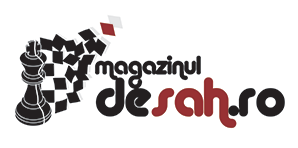
![Carte : School of Chess Excellence 2 - Tactical Play - Mark Dvoretsky [1] Carte : School of Chess Excellence 2 - Tactical Play - Mark Dvoretsky [1]](https://gomagcdn.ro/domains/magazinuldesah.ro/files/product/large/school-of-chess-excellence-2-technical-play-mark-dvoretsky-925689.jpg)


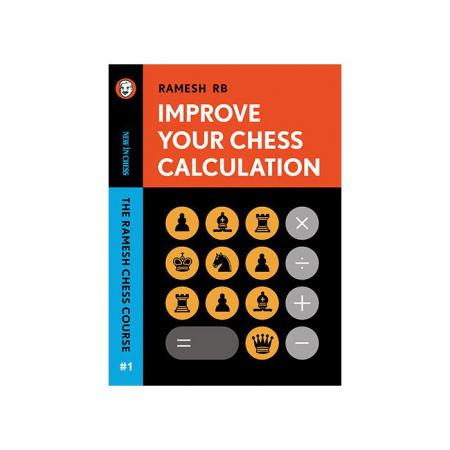
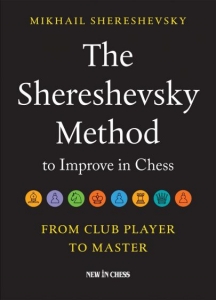
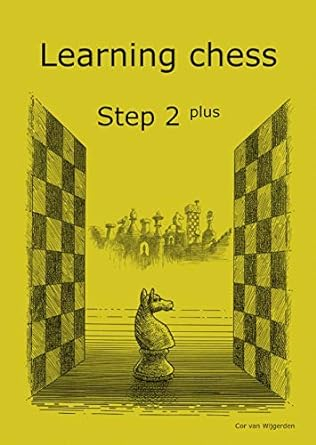
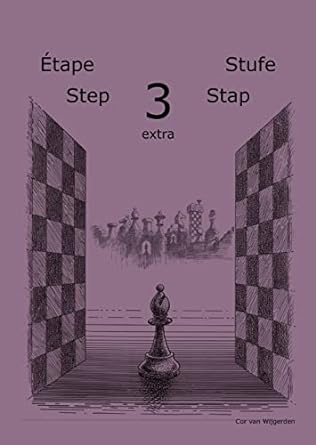
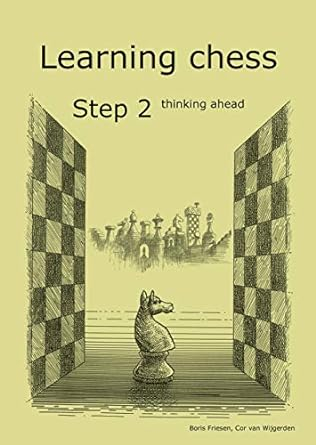
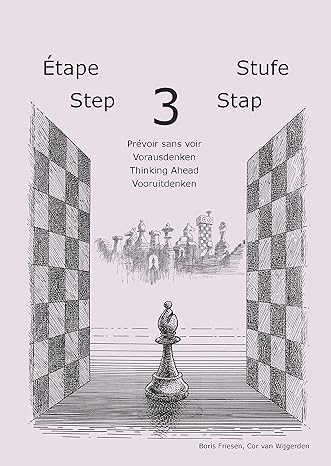
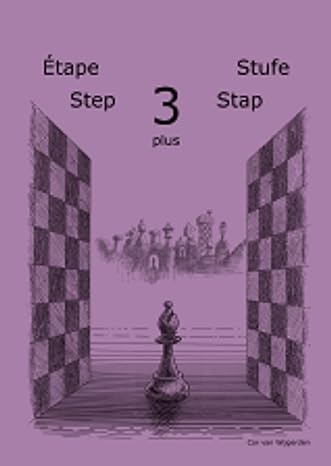
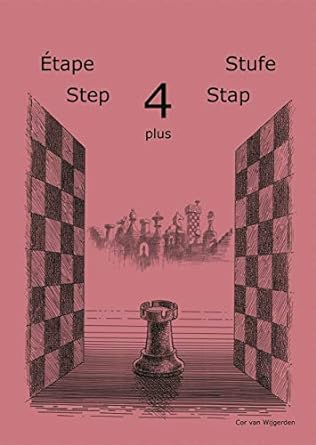
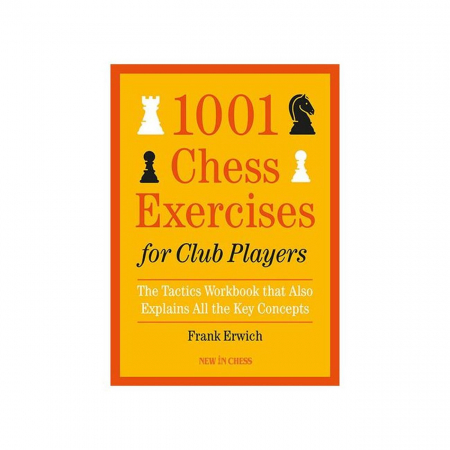
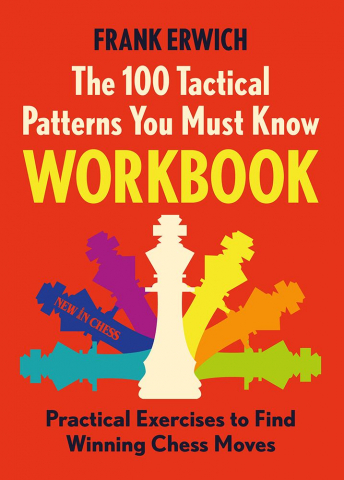
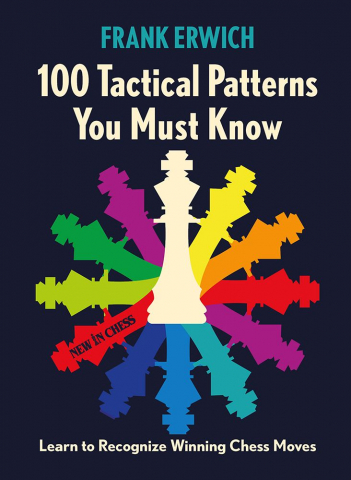
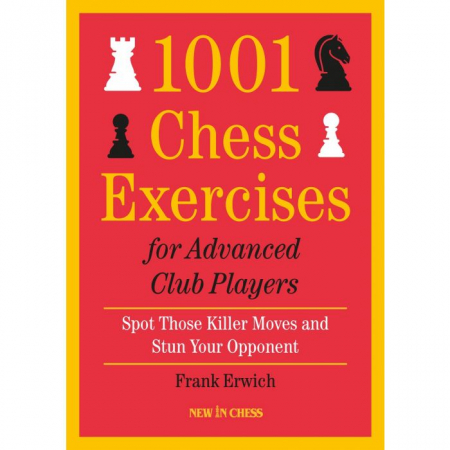



-1174-3017.jpg)
